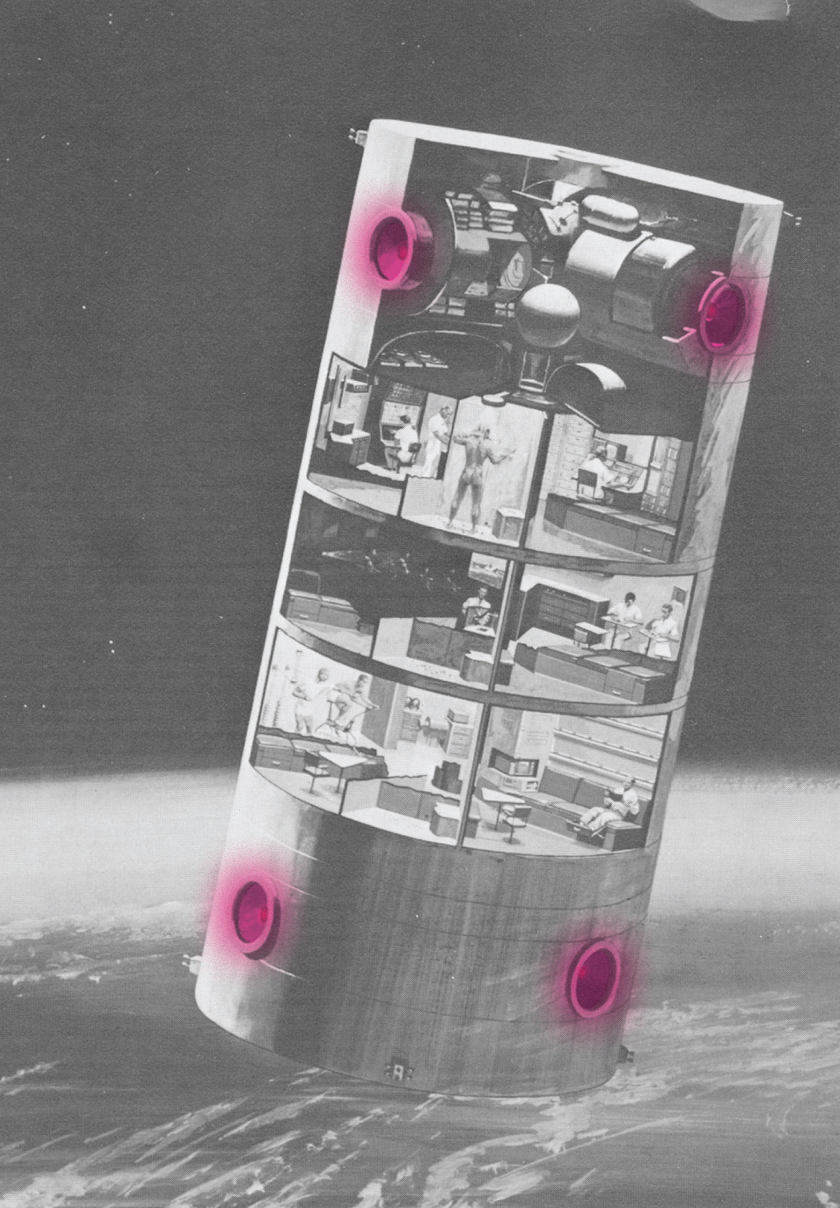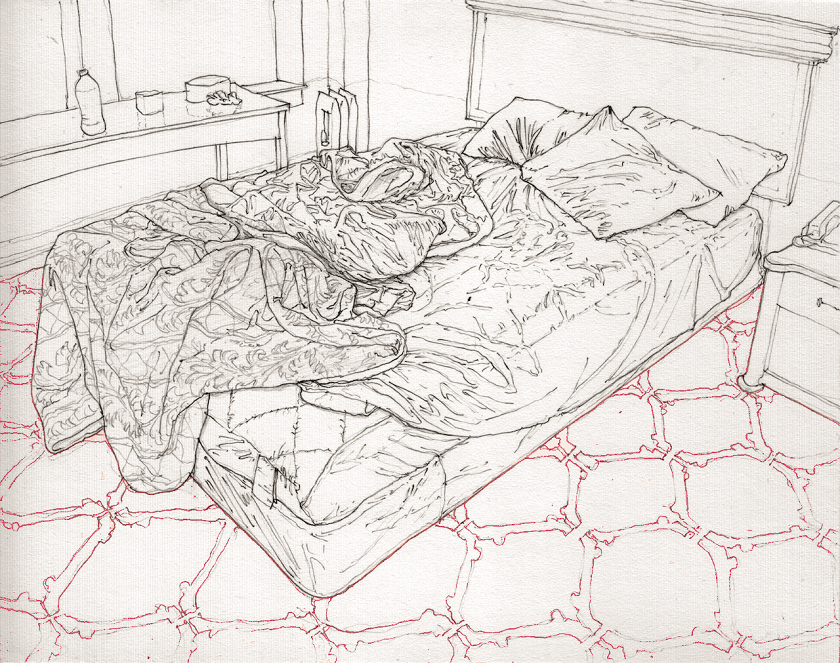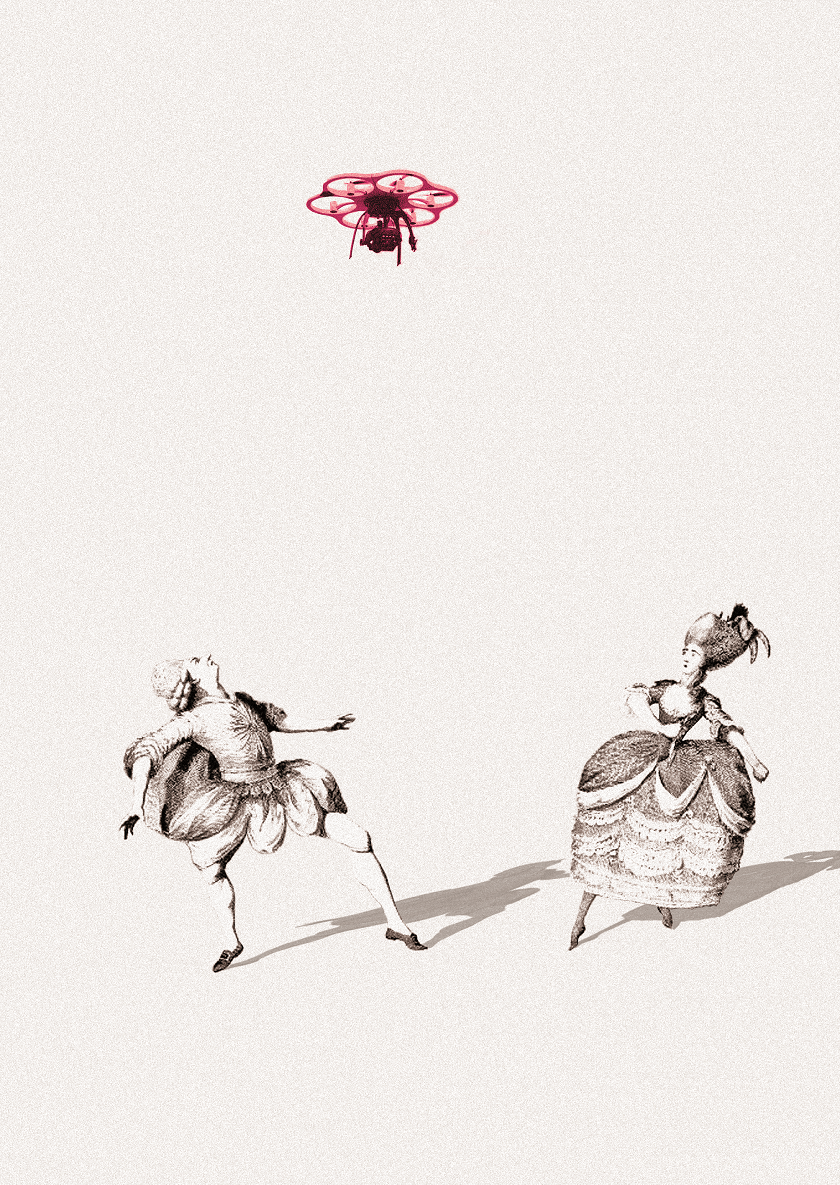We have never been private!
Contemporary domesticity is suspended within an entirely new spatial system- a system which is a product of esoteric scientific-military research that has entered the everyday public imagination with communication technologies. An article by Ioanna Piniara.
What is considered as intimate (in Greek: oikeios<oikos which means both house and home) domesticity, in the neoliberal era, synthesizes several already existing modes that were manifest in social networks, surveillance programs and military operations, exercising the overall effect of an extraordinarily powerful viewing technology that penetrates the most intimate spaces and reveals every secret. If Mies’s “X-ray” glass house was a camera pointing horizontally to the landscape outside it and Fuller’s “Dymaxion” house was a camera pointing up to the sky, facing the vertical landscape, today’s house is no longer global but planetary: it is in orbit -a fragile surveillance device acting as the counterpoint to concrete shelters and a bridge between privacy and sociality. As domestic life becomes the target, the source of pride and insecurity, the inhabitants, made insecure by the thought of a panoptic eye looking down on them, counter by exposing more than that eye could ever see.  Circulating Domesticity, 2015 (Future World, 1975.), Peter Goodwin/reanimationlibrary.org
Circulating Domesticity, 2015 (Future World, 1975.), Peter Goodwin/reanimationlibrary.org
Making life itself the main target of the everyday ‘panopticism’ promotes an incremental dissolution of boundaries between working and dwelling, production and reproduction, public and private. In this sense, dwelling itself is being stripped of its traditional spatial organizations and protective clichés, triggering a progressive hybridization of the domestic space, which accommodates both our public, even nonphysical, gathering spaces and our private refuges. There would be no overstatement to say that constant performative staging of personal life has taken hold of society and indeed has begun to define the social: social life has acquired a layer or film of spontaneous and edited personalized virtuality. In further interpretation, the emerging subjective-social structures do not only indicate the disclosure of ‘private’ life into the networked ‘public realm’, but also a reverse course; the apparition of social life in the banality of the -formerly marked as- private spaces. These structures propound a narrative of post-domesticity, a new relationship with privacy that transcends the traditional ethics and is commissioned with a notion of ‘drifting exhibitionism’. Its spatial logic is concerned ever less with the management of the domesticated population and much more with the popularization of domestic management. Activity only means something in the sense that it fuses private and social realms together and is evaluated by its appeal to be seen, giving a vision of life as a metaphysical participatory adventure. “Collective experience is now based on simultaneous private experiences distributed across the field of media culture, knit together by on-going debate, publicity, promotion and discussion” [ ], a sort of a networked camaraderie.  Where are they? , 2015 (Ubi Sunt by Pablo Garcia, 2014.), pablogarcia.org
Where are they? , 2015 (Ubi Sunt by Pablo Garcia, 2014.), pablogarcia.org
As privacy finds itself in an apparent turn from an idealized object for a perfect domesticity to an archaic ruin in a destroyed landscape- or perhaps in response to it- it embodies the aesthetics of the visibility of data, or what philosopher Rancière has called “aesthetic regime” [ ] regarding the question of who is allowed to see what. This new form of privacy awkwardly oscillates between the landscape of waste, either by over-sharing or by over-filing, and the fear of ‘being let alone’, of being beyond the interest and scope of surveillance -a deceptive symptom of contemporary cultural paranoia. Moreover, the virtual reproduction of what could be called ‘private space’ renders privacy no longer an inherent, materially confined value, rather an immaterial, mobile entity – in fact portable. All of the communication technologies echo the way the disconnected moving privacy creates a nomadic condition of domesticity. More than broadcasting all the everyday life projections available or imagined, it actually creates interiors: houses, just like their occupants, are intensely interiorized entities that broadcast their intimacy through a multiplicity of media. Thus, the circulation of domesticity, whether an illusion or not, functions “against the constant corrosion of the present, both by change and by uncertainty” [ ] and makes it possible to establish contingent relationships between interior spaces and collective selves. These dynamics always assume the presence of the audience through the camera, with which the inhabitants always, inevitably interact. Rancière arouses the spectator as a critical figure, whose action is measured as a response to the reality they are made to see. The moment private life depends on subjective response, it loses its integrity and interferes with the everyday experience of the beholder. The literalness of the everyday image production implies that private experience is always incomplete and requires the direct engagement of the viewer to be fully realized. According to Jeniffer Allen, “digital space is not antagonistic to physical space since there is no ‘beyond the looking glass’, it is all ‘looking glass’. […] The emancipated spectators live in the image.” [ ] For Rancière, “emancipation begins when one acknowledges that seeing is also an activity, […] that places the spectator in the place of a paradox: at the heart of politics.” [ ] There emerges a whole new ‘topopolitical’ regime of –neither actually ‘cyber’ nor ‘virtual’, rather deeply real- encounter between private life and spectatorship, existing through bodies within political situations and spaces, the perimeter of which can no longer be traced. The encounter itself and its analysis “unite vita activa with vita contemplativa, protagonism and spectatorship in a modern manifestation of immaterial labor that materializes through technology.” [ ] Deploying processes of circulation means going beyond the management of spatially enclosed activities and expanding to the interior space of each of the spectators, created intentionally by the distribution of visual display. Paraphrasing Jean Luc Nancy, the only way to envisage a new architecture for such an encounter is to focus on the role of the spectator.  The spectator is always present, 2015 (Engraving by Francesco Bartolozzi, Jason et Medee Ballet Tragique. 1781), britishmuseum.org
The spectator is always present, 2015 (Engraving by Francesco Bartolozzi, Jason et Medee Ballet Tragique. 1781), britishmuseum.org
This essay is part of the book “Domestic Surveillance and the Space of Neoliberal Privacy” which will be published by dpr-barcelona in November 2016.
Ioanna Piniara is a 27-year-old Greek architect and researcher of the architectural and urban condition in the neoliberal context. Her work in the past two years has been actively engaged in the search of architectural operations and urban protocols for the post-crisis city as well as the techno-social configuration of contemporary domestic space. She has recently been offered a place on the PhD in Architectural Design programme at the Architectural Association, London for the 2016/2017 academic year, in order to further investigate the relationship between privacy and domesticity within the history of the economic regime known as neo-liberalism. Follow Ioanna @IoannaPiniara.
[1] Allen, J. (2014) The end of privacy and the fate of public space. Presented at the CITIES – Spaces for art, politics, living... Lecture Series. Salzburg International Summer Academy of Fine Arts.
[2] Rancière, J. (2010) Dissensus: On Politics and Aesthetics. London & New York: Continuum.
[3] Tronti, M. (1979) cited by Galán, I. G. (2014) Provisional Simultaneity on a Big Brother House. In Space Caviar, Sqm: The Quantified Home. Zurich: Lars Müller Publishers, pp. 162-3.
[4] Allen, J. (2014) The end of privacy and the fate of public space. Presented at the CITIES – Spaces for art, politics, living... Lecture Series. Salzburg International Summer Academy of Fine Arts.
[5] Rancière, J. (2009) The Emancipated Spectator. Trans. Gregory Elliott. London: Verso, p.15.
[6] Kirchenbauer, V. (2014) Married Print #1: Infrared Dreams in Times of Transparency- The Love Life of Drones and other Western Cyborgs. Berlin: Dicey Studios.